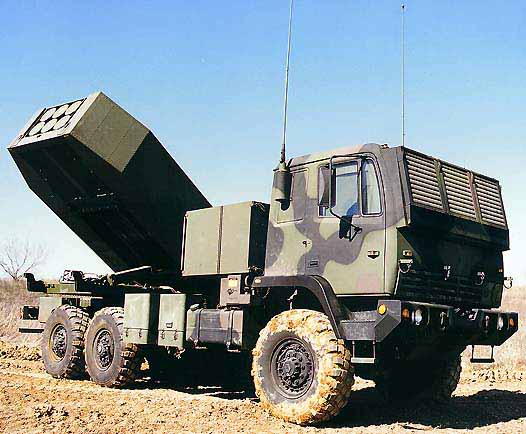Strategy Page points out one of the baleful aspects of modern media coverage of wars and other conflicts:
Worldwide violence continues to decline, but most people are unaware of this because the mass media will feature whatever wars and disorder they can find. This is an old journalistic technique, and it’s good for business. But not so helpful if you are trying to keep track of what’s really happening out there. Oddly enough, the most bloody conflicts (like Congo) get the least media coverage. Reporting tends to be distorted by how accessible wars are, as well as how easily your viewers could identify with the combatants. The media also has a hard time keeping score. For years, Iraq was portrayed as a disaster until, suddenly, the enemy was crushed. Even that was not considered exciting enough to warrant much attention, and that story is still poorly covered by the mass media. Same pattern is playing out in Afghanistan, where the defeats of the Taliban, and triumph of the drug gangs, go unreported or distorted. If you step back and take a look at all the wars going on, a more accurate picture emerges.
Worldwide, violence continues the decline is has exhibited for most of the decade. For example, violence has greatly diminished, or disappeared completely, in places like Iraq, Nepal, Haiti, Sri Lanka, Nigeria, Ivory Coast, Chechnya, Congo, Indonesia and Burundi. Even Afghanistan, touted as the new war zone, was not nearly as violent this past six months as the headlines would deceive you into believing.
All this continues a trend that began when the Cold War ended, and the Soviet Union no longer subsidized terrorist and rebel groups everywhere. The current wars are basically uprisings against police states or feudal societies, which are seen as out-of-step with the modern world. Many are led by radicals preaching failed dogmas (Islamic conservatism, Maoism), that still resonate among people who don’t know about the dismal track records of these creeds. Iran has picked up some of the lost Soviet terrorist support effort. That keeps Hezbollah, Hamas, and a few smaller groups going, and that’s it. Terrorists in general miss the Soviets, who really knew how to treat bad boys right.




